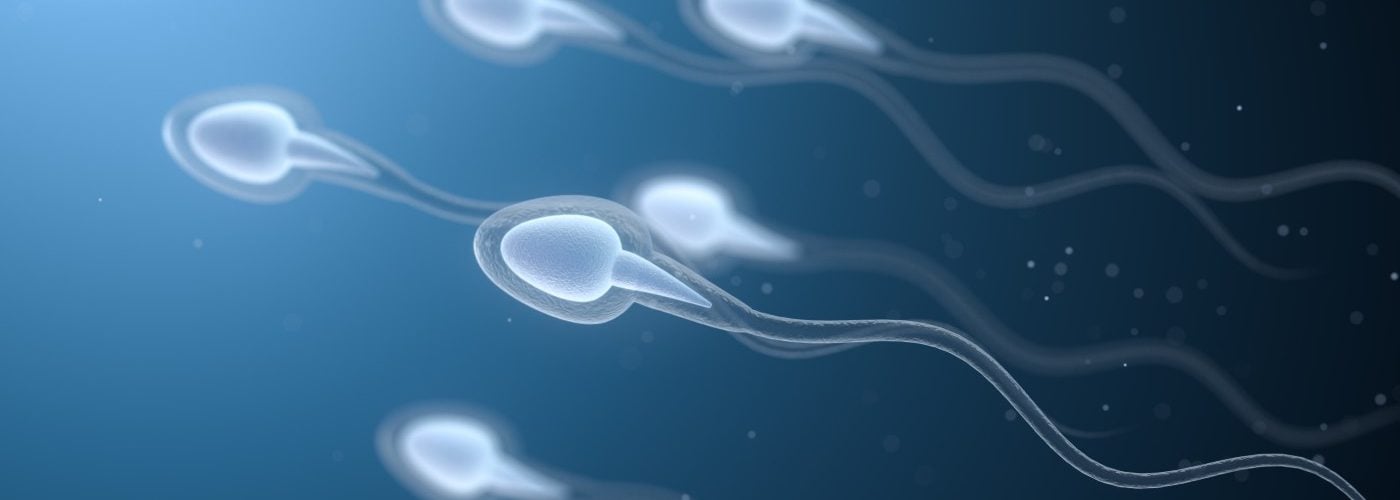
- For the first time, using only light and a hyperspectral camera, this non-invasive technology captures the molecular fingerprint of individual sperm cells and generates a biochemical profile, allowing prediction of their ability to produce a viable embryo
- The technique does not damage or compromise sperm viability, making it a highly promising tool that could potentially double the rate of viable blastocyst formation
- In addition to being safe and accurate, the method is easy to implement in laboratory settings due to the simplicity and accessibility of the required equipment
PARIS, JULY 1, 2025
Assisted reproduction takes a bold step into the future with the introduction of hyperspectral sperm imaging—a non-invasive technique that can identify, without harming sperm cells, which ones have the highest likelihood of leading to viable embryos viables.
Historically, male infertility has received less scientific attention than female infertility, in part due to the success of techniques like ICSI (intracytoplasmic sperm injection), which allows fertilization with minimal sperm input. However, this focus has often overlooked individual sperm quality, which accounts for half of the embryo’s genetic and developmental potential.
The study, titled “Hyperspectral imaging of single spermatozoa before ICSI predicts optimal embryo development: potential use as a non-invasive tool for sperm selection”, was presented at the 41st Annual ESHRE Meeting held this week in Paris. It introduces predictive models that estimate a sperm cell’s potential to create a viable embryo—with highly promising results. “Until now, semen analysis relied on basic parameters like concentration, motility, and morphology. More advanced biochemical assessments required destroying the sperm, making them unusable for clinical purposes”, explains Dr. Nicolás Garrido, Scientific Director of IVI Foundation and principal investigator of the study.
Hyperspectral imaging is set to change that paradigm. For the first time, using only light and a specialized camera, this technique captures the unique molecular signature of each sperm cell, generating an individual biochemical profile without compromising its viability.
“Clinically, this tool enables us to select the most competent sperm within each semen sample—something that could double the rate of viable blastocyst formation. This is especially critical for patients with poor ovarian response or low embryo quality. Unlike embryo selection, which only helps decide which embryo to transfer first without increasing the total number available, hyperspectral sperm selection could help generate more viable embryos from the outset. his innovation is particularly impactful in poor-prognosis cases, where every attempt counts and maximizing success rates is essential. With personalized predictions, male fertility is entering a new era of precision and effectiveness”, explains Dr. Garrido.
The study is generating significant interest across the reproductive medicine field. Not only is the technique safe and accurate, but it is also scalable. Moreover, the relatively low cost of the hyperspectral camera facilitates adoption in assisted reproduction laboratories worldwide.
